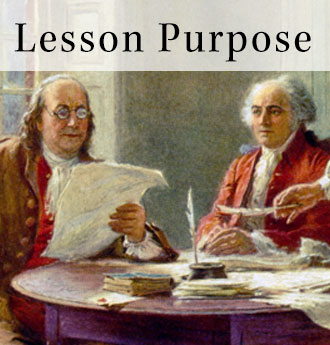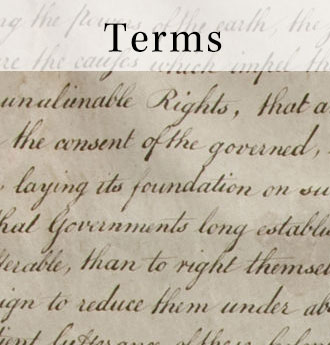Lesson 13: How Did the Framers Resolve the Conflict about Representation in Congress?
Great Compromise This was a plan accepted at the Philadelphia Convention that called for Congress to have two houses. In the Senate, representation of the states would be equal, with each state having two senators. The House of Representatives would use proportional representation of the states, and therefore, the number of representatives from each state would be determined by its population. Also called the Connecticut Compromise.
New Jersey Plan The plan presented at the Philadelphia Convention that called for a one-house national legislature with each state having equal representation. The New Jersey Plan followed the framework of the Articles of Confederation and favored a weak national government.
proportional representation The electoral system in which the number of representatives for a state is based on the number of people who live in that state. Proportional representation is used to determine the number of each state's representatives serving in the House of Representatives.
Virginia Plan The plan presented at the Philadelphia Convention that provided for a national government composed of three branches. It proposed a Congress of two houses, both of which would be based on proportional representation. The Virginia Plan favored a strong national government.




